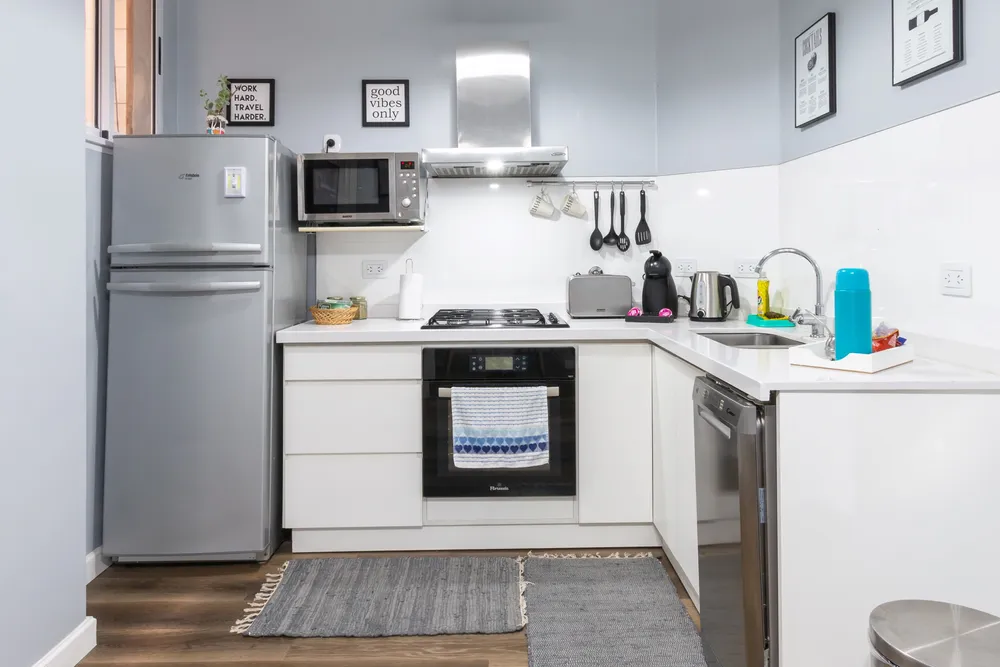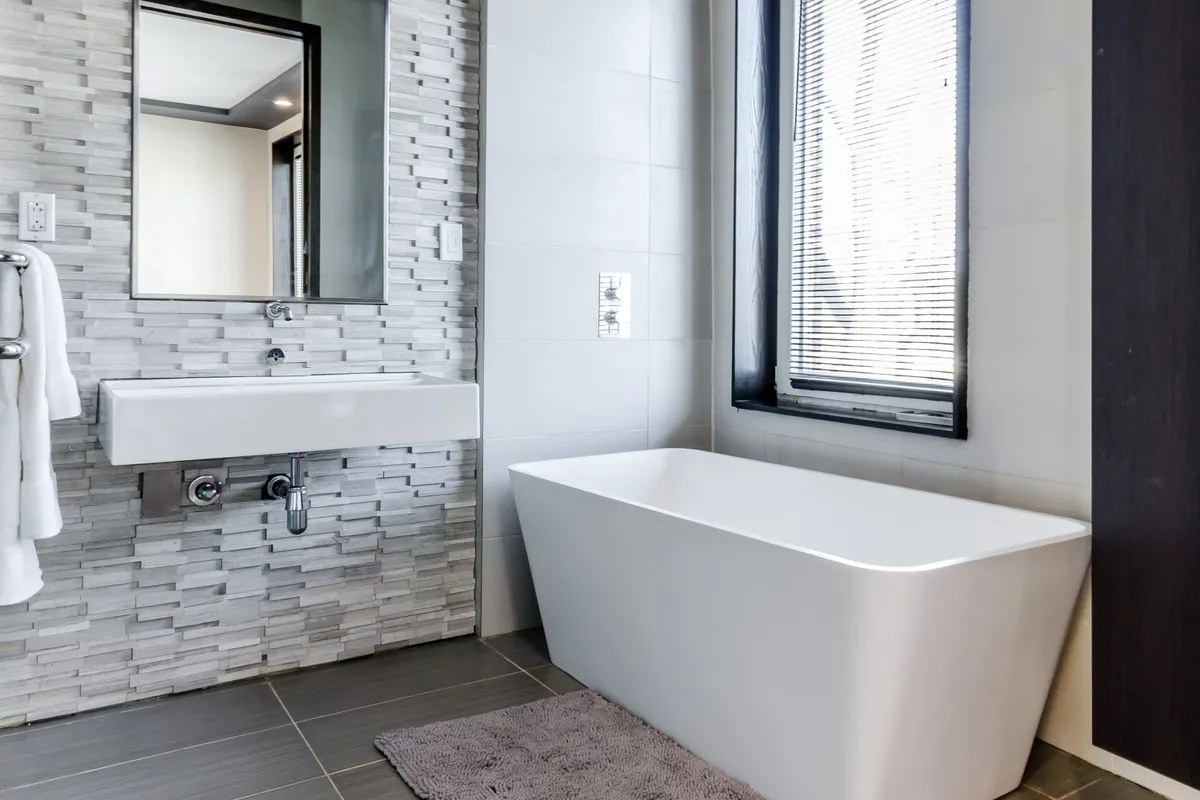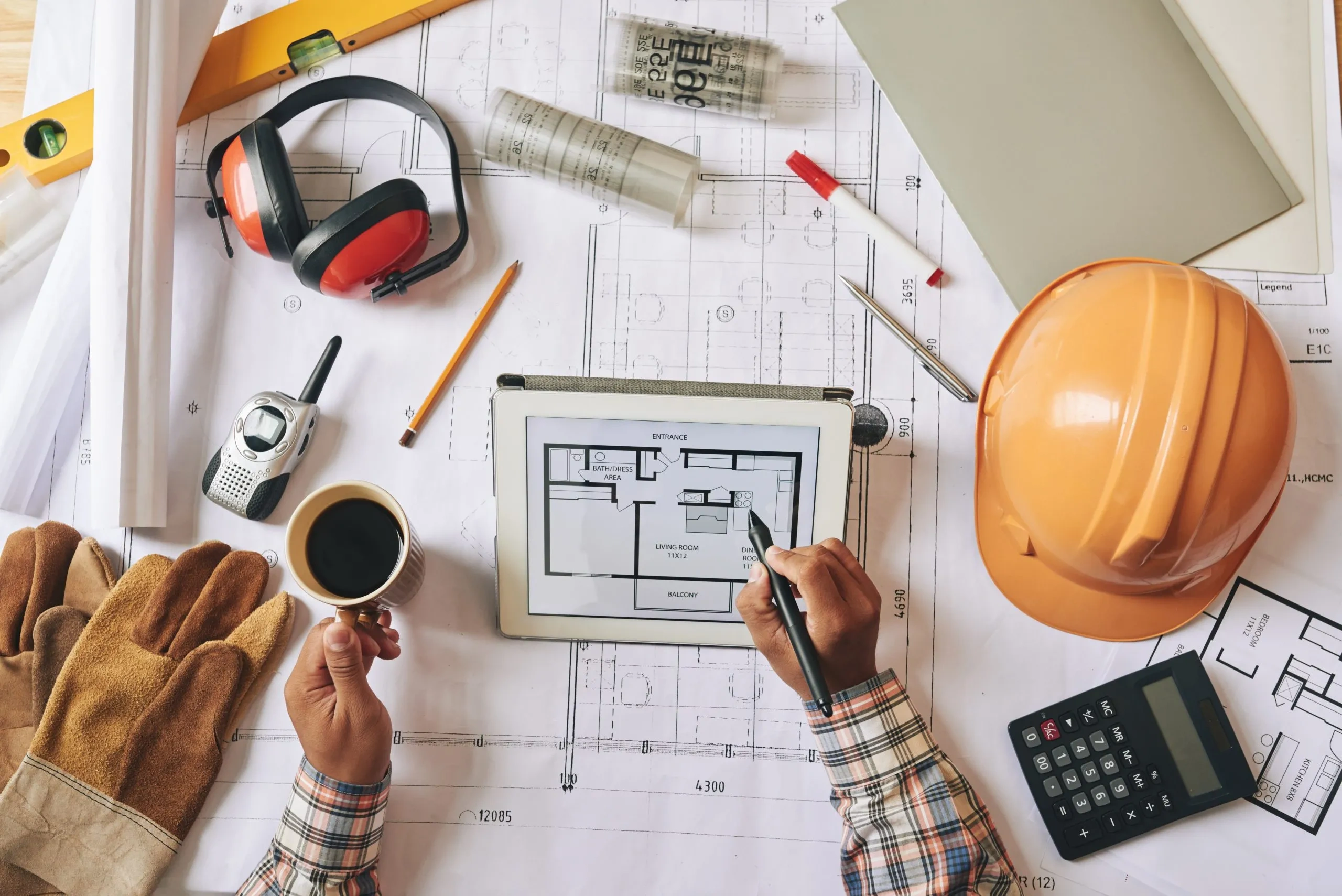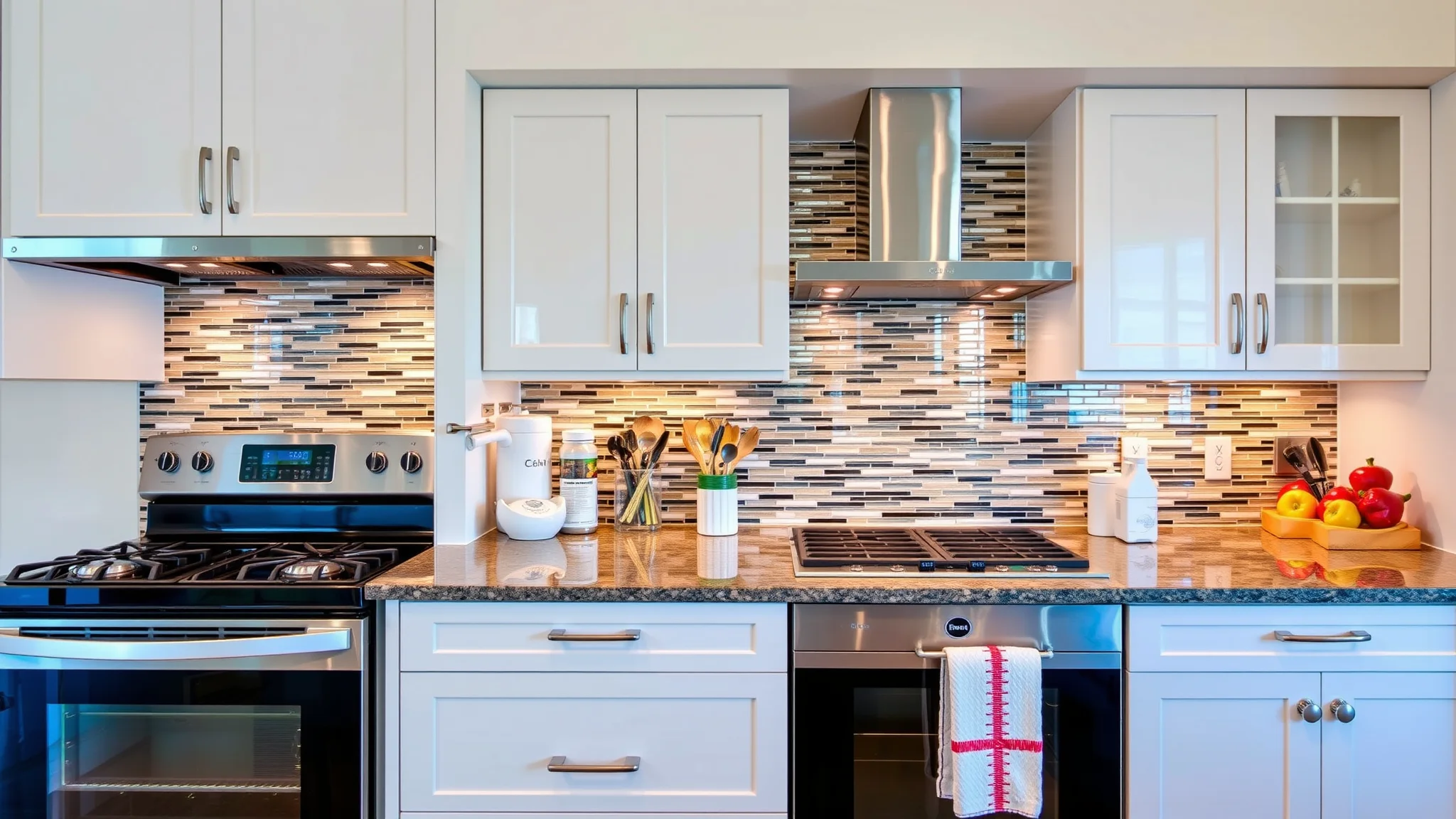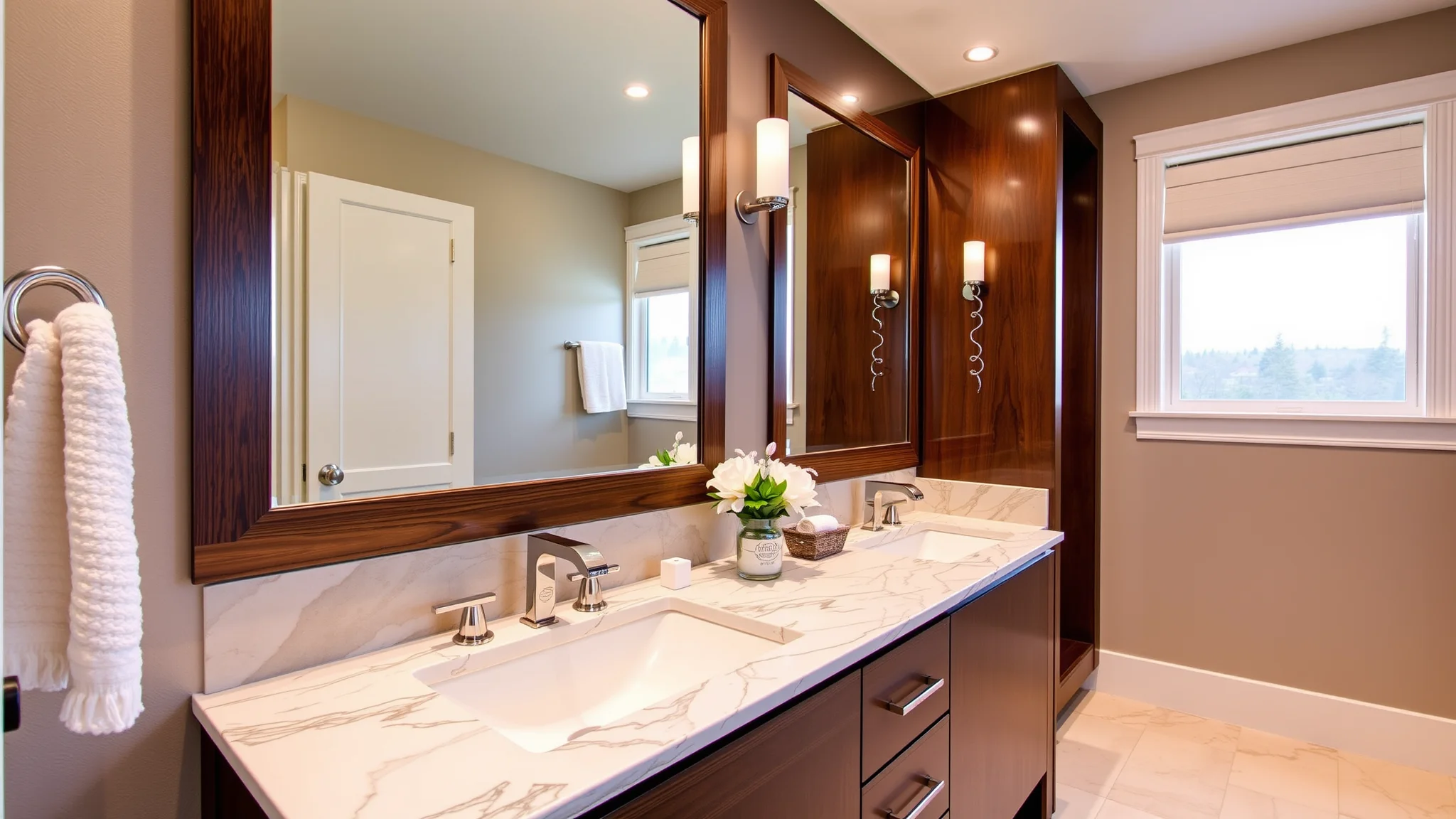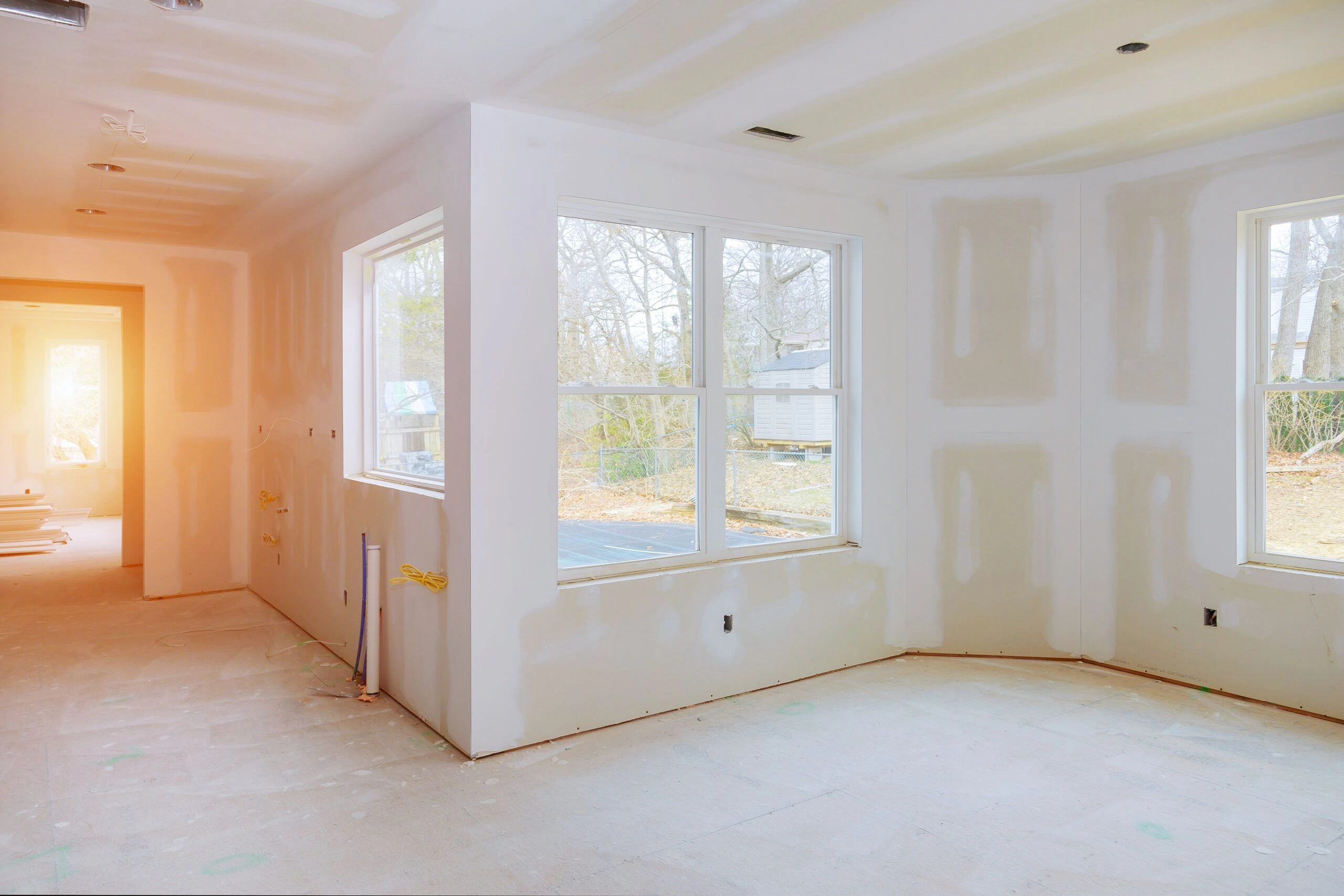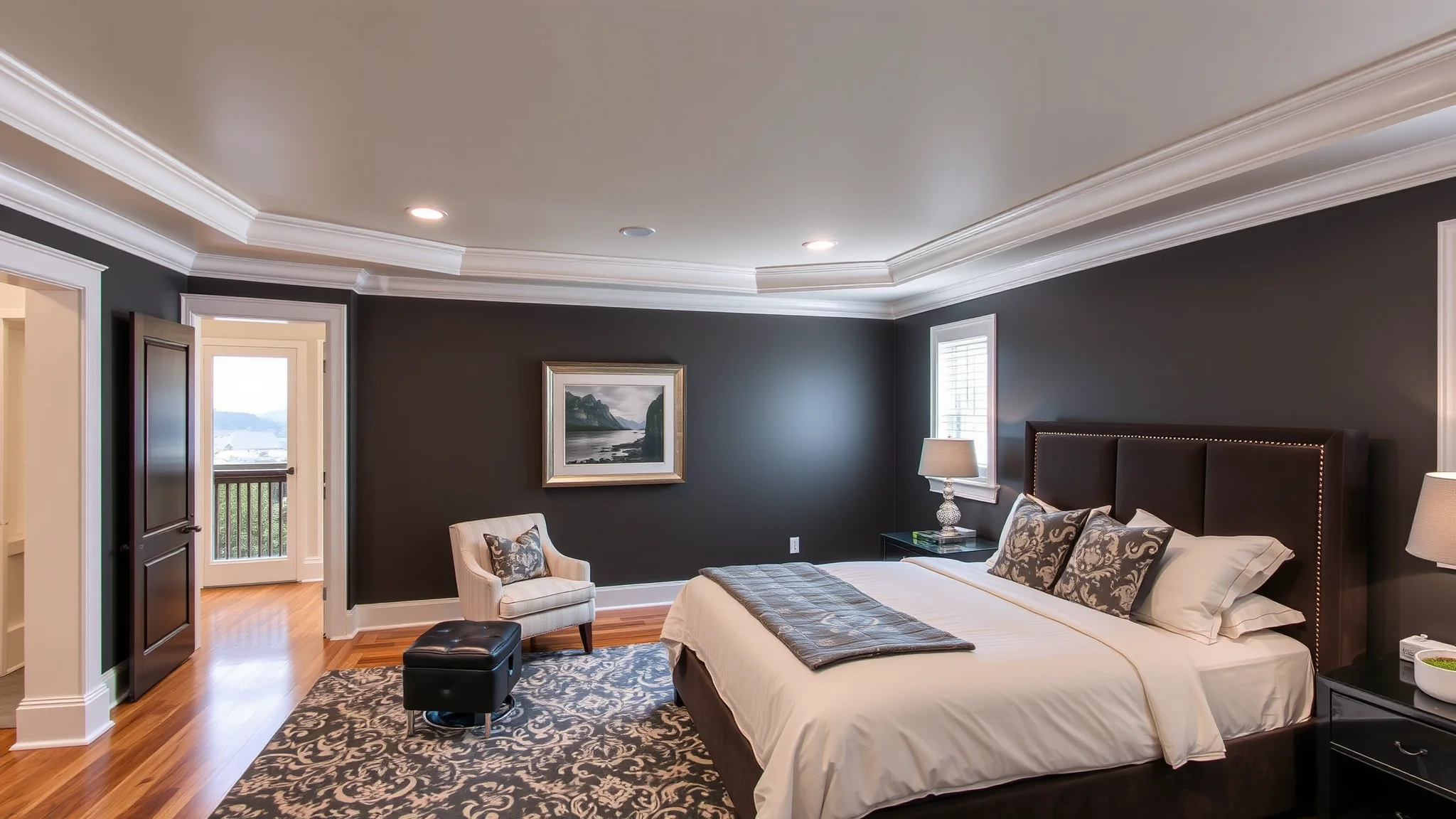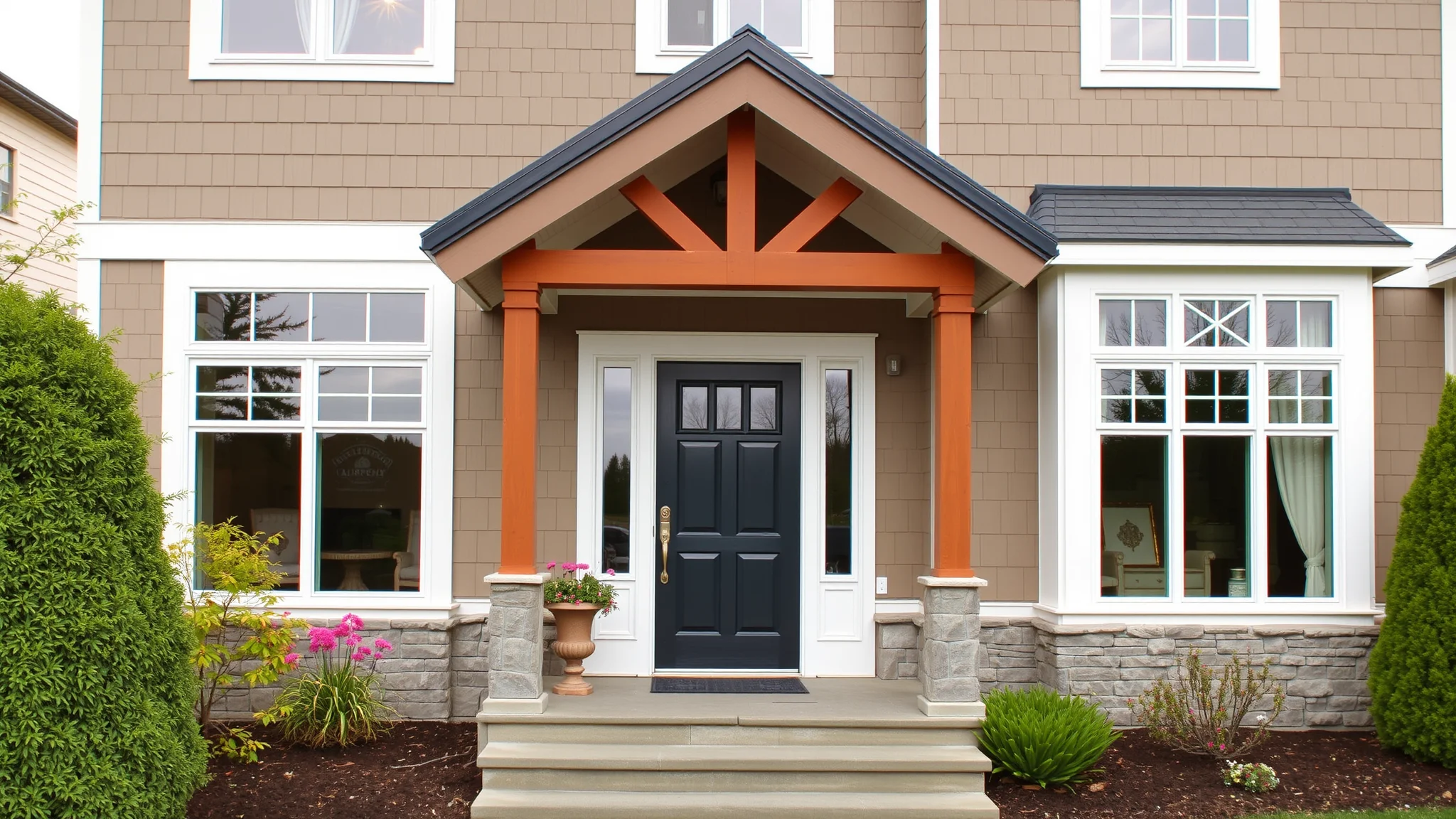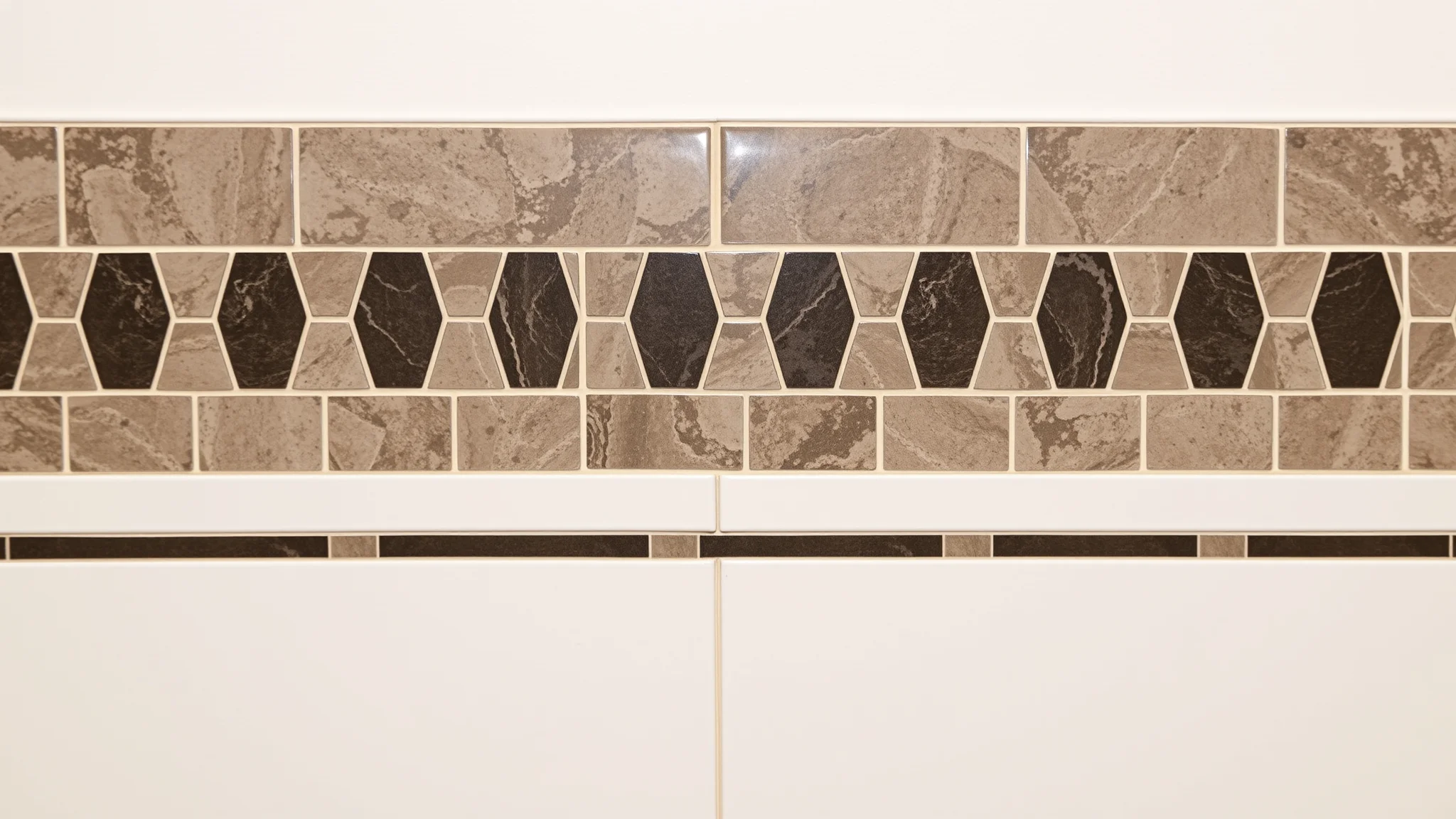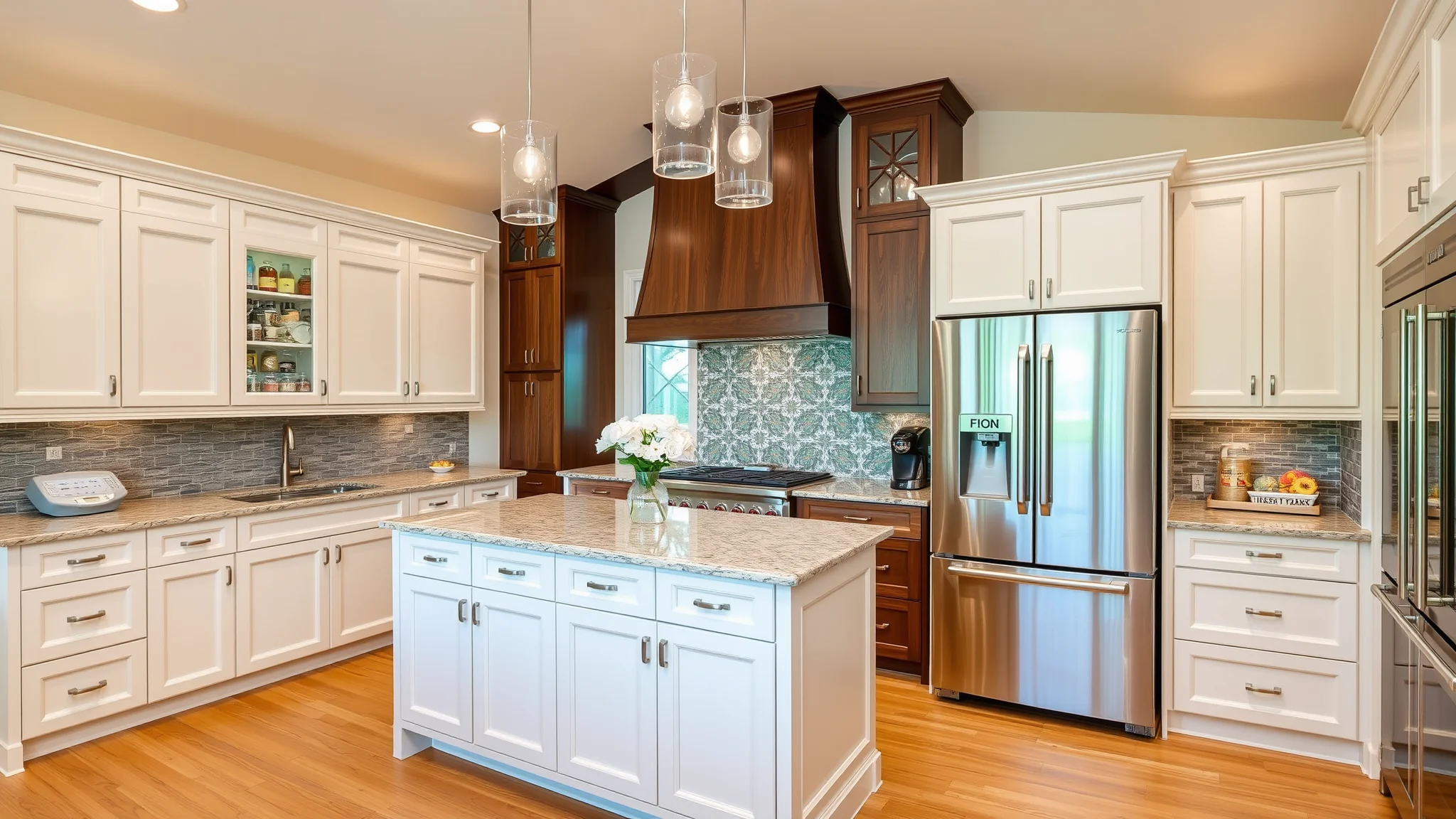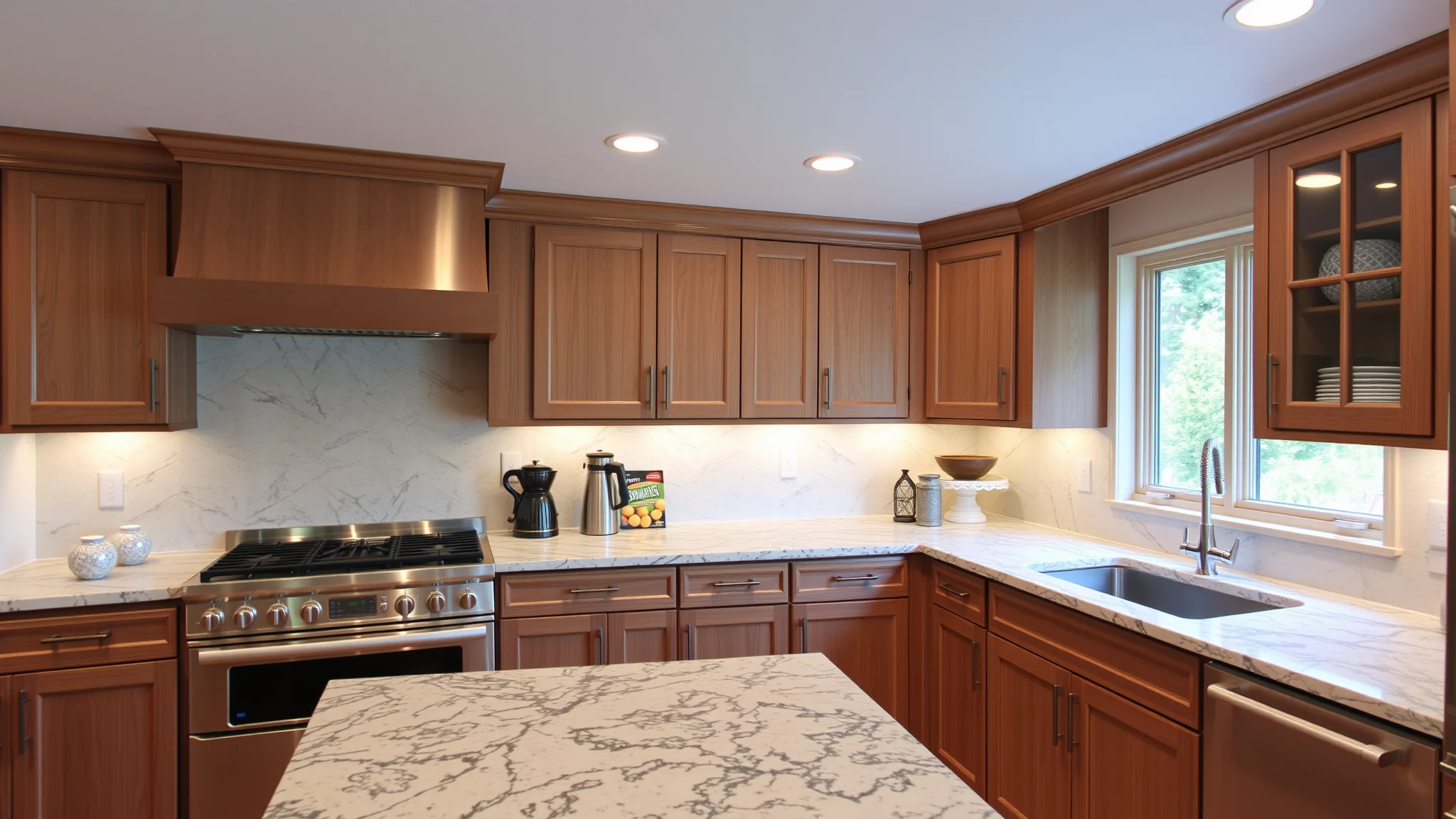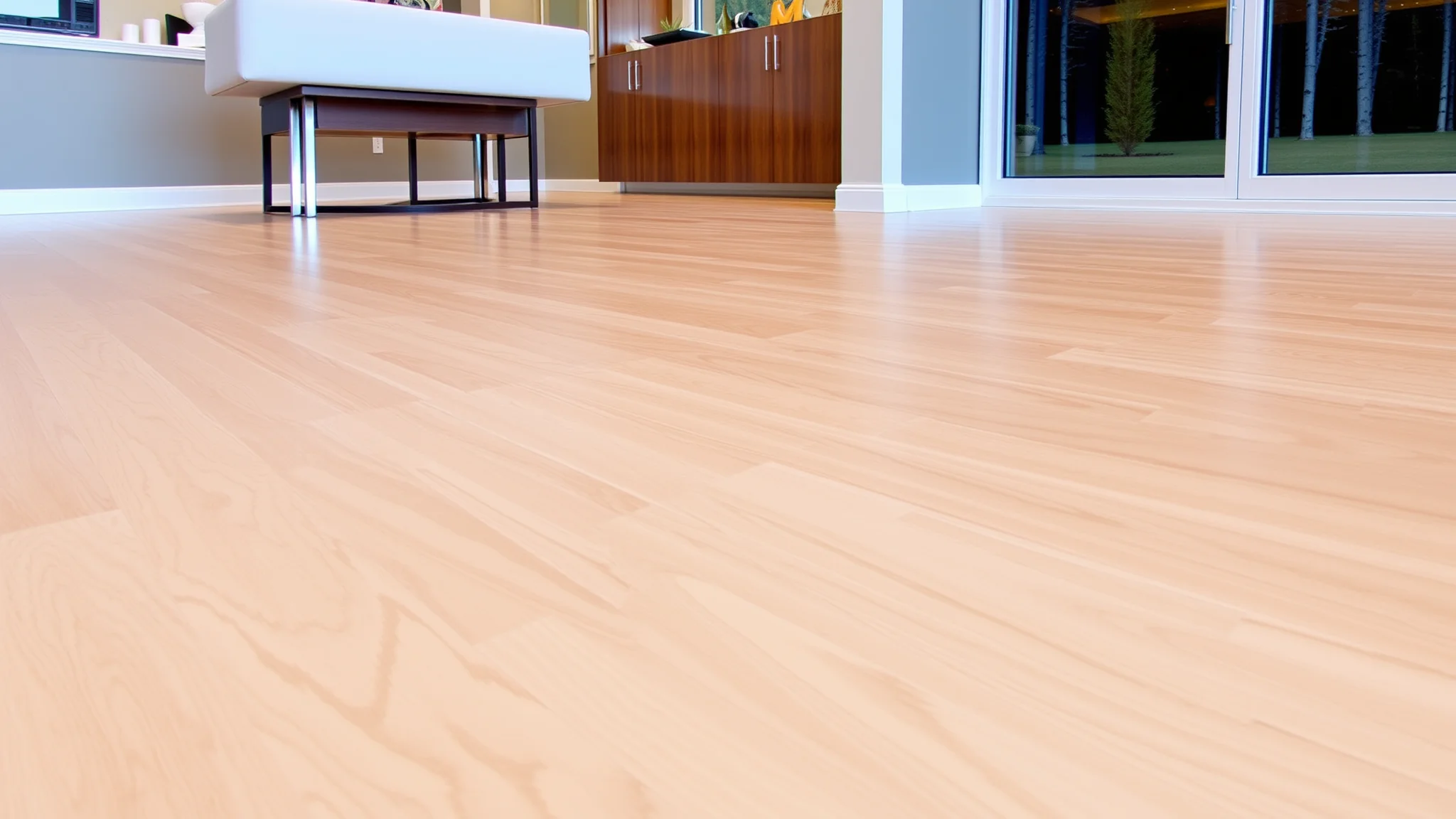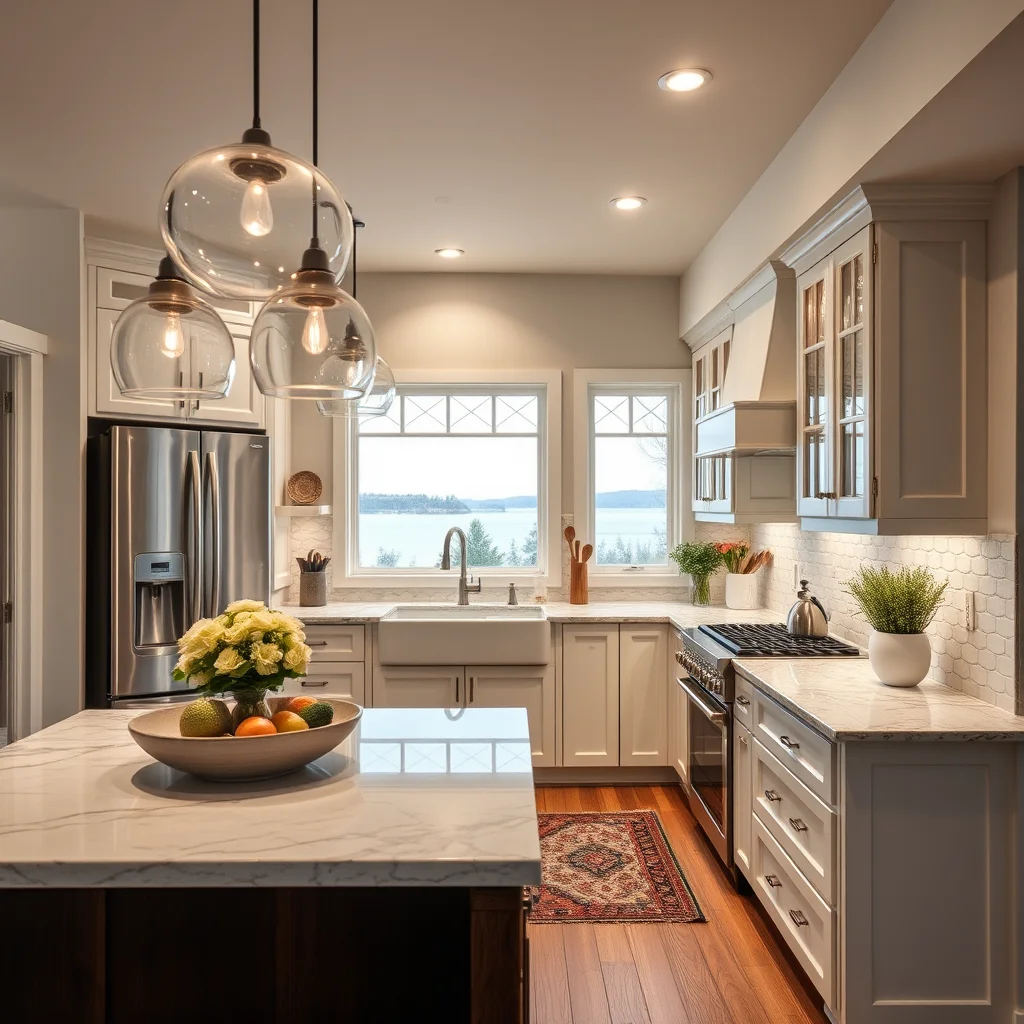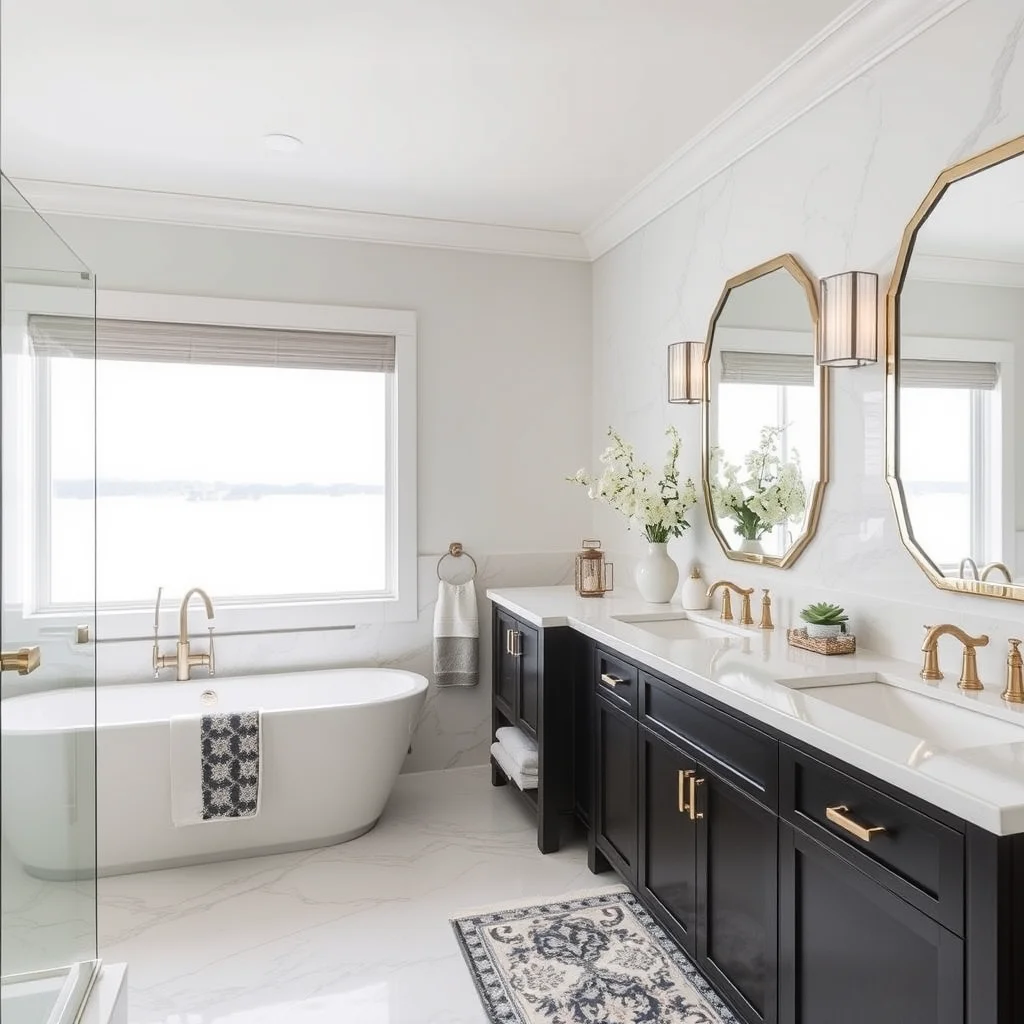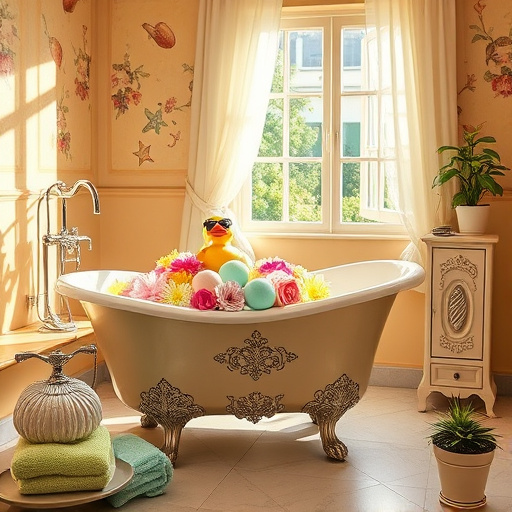
Specialized Lighting for Visually Impaired Users: Enhance Comfort
How Can Specialized Lighting Transform Lives for Visually Impaired Individuals?
Lighting is not just about illumination; it's about empowerment, safety, and independence. For visually impaired users, specialized lighting can be a game-changer—turning dark, uncertain spaces into bright, navigable environments. Rising Hawk Construction LLC takes pride in elevating everyday living through thoughtful, innovative lighting solutions tailored to those with vision challenges. Understanding how specialized lighting operates and its impact can help families, caregivers, and individuals take proactive steps toward more accessible homes.
What Are the Unique Challenges Faced by Visually Impaired Users in Home Environments?
People with visual impairments experience difficulties that extend beyond mere darkness. Common challenges include detecting obstacles, reading labels, identifying steps, and perceiving changes in floor textures. These issues can lead to falls, accidents, or simple frustration. Home modifications, especially targeted lighting solutions, can mitigate these risks significantly. Such adaptations are not only practical but also foster a sense of independence, allowing users to perform daily tasks confidently.
What Makes Specialized Lighting for Visually Impaired Users Different from Standard Lighting?
Unlike traditional lighting, specialized solutions focus on maximizing contrast, improving depth perception, and minimizing glare. They often incorporate adjustable brightness, color-enhanced illumination, and strategic placement. For example, kitchen remodel contractors in Port Townsend, Washington, utilize layered lighting plans that blend ambient, task, and accent lighting to create safer, more functional spaces for individuals with visual limitations. These tailored approaches enable more precise navigation and task completion.
How Do Different Types of Specialized Lighting Support Safety and Usability?
- Task Lighting: Focused lighting such as under-cabinet lights or adjustable lamps that illuminate specific areas, making tasks like reading, cooking, or grooming safer and easier.
- Pathway Lighting: Low-level lights along hallways and staircases, providing guidance without overwhelming brightness.
- Ambient Lighting: Gentle, overall illumination that reduces shadows and creates a welcoming environment.
- Smart Lighting Technology: Automated systems that respond to movement or voice commands enhance accessibility and reduce the need for manual switches. Explore a smart kitchen technology upgrade for deeper insight.
What Are Some Key Considerations When Choosing Specialized Lighting for Visually Impaired Users?
Choosing the right lighting isn’t simply about brightness; it’s about creating an environment that anticipates needs. Here are critical factors:
- Contrast and Color: Use high-contrast color schemes to delineate spaces clearly.
- Adjustability: Select fixtures with dimming capabilities or variable settings to tailor functionality.
- Placement: Position lighting near potential hazards like stairs, doorways, and uneven surfaces.
- Glare Reduction: Opt for fixtures that minimize reflective glare, which can cause discomfort or disorientation.
- Integration: Consider smart systems that can be controlled via voice or apps, enhancing ease of use.
How Can Homeowners and Contractors Collaborate to Implement Effective Lighting Solutions?
Successful implementation relies on open communication between homeowners, caregivers, and experienced contractors. An initial assessment identifies specific needs and problem areas. Skilled contractors, like those at Rising Hawk Construction LLC, coordinate design plans that maximize safety and functionality while adhering to aesthetics. Whether renovating a small bathroom or remodelding an entire floor, integrating specialized lighting is a strategic step toward accessibility.
Looking for practical storage solutions? Check out small bathroom storage ideas that complement your lighting upgrades, creating a cohesive, functional space.
What Are Innovative Technologies Enhancing Specialized Lighting for the Visually Impaired?
Emerging assistive technologies are revolutionizing how visually impaired users interact with their environments:
- Voice-Controlled Lighting: Systems like Amazon Alexa or Google Assistant enable users to turn lights on/off, adjust brightness, or change colors through voice commands.
- Motion Sensors: Automated fixtures that activate upon detecting movement reduce the need for manual switches, ensuring space is always illuminated when needed.
- Color-Enhancement Technologies: Advanced lighting products utilize specific wavelengths to enhance contrast and visibility. Explore how these innovations enhance visibility in modern remodels.
How Can I Prepare My Home for Specialized Lighting Installation?
Preparation is crucial to ensure seamless integration of specialized lighting. Consider the following steps:
- Assessment: Identify unsafe areas, navigational obstacles, and lighting deficiencies.
- Consultation: Engage with professionals experienced in accessible design and smart home systems.
- Layout Planning: Develop a comprehensive lighting plan that emphasizes safety and user comfort.
- Future Proofing: Incorporate adaptable and scalable systems to accommodate evolving needs.
- Complementary Upgrades: Review related home modifications, like improving storage solutions or remodeling spaces for better accessibility. For inspiration, see preparing your bathroom for summer guests.
What Are the Benefits of Modernizing Home Lighting for Visually Impaired Users?
The advantages extend beyond safety:
- Enhanced Independence: Reduced reliance on caregivers for navigation and daily tasks.
- Improved Safety: Minimized risk of falls and accidents with strategic lighting placement.
- Greater Comfort: Customized lighting reduces eye strain and discomfort.
- Increased Home Value: Accessibility features make properties more attractive to future buyers.
- Better Quality of Life: Creating spaces that invite confidence and freedom in movement.
Are There Examples of Successful Specialized Lighting Installations?
Absolutely. Collaborative projects by Rising Hawk Construction LLC showcase the transformative power of tailored lighting solutions. For instance, recent interventions include strategic lighting placements in kitchens and bathrooms, dramatically improving usability for visually impaired individuals. For a comprehensive overview, explore our smart kitchen technology upgrade case study.
How Do I Get Started on Improving Lighting for Visually Impaired Living Spaces?
The first step is reaching out to professionals specializing in accessible home modifications. At Rising Hawk Construction LLC, we provide expert guidance from assessment through installation. Investing in specialized lighting is investing in safety, independence, and peace of mind. Our team can evaluate your home and develop a customized plan designed for your unique needs, ensuring your space is both beautiful and functional.
Layered lighting systems combining task, pathway, and ambient lighting are typically most effective. Adjustable fixtures and smart technology further enhance safety and comfort.
Yes. Many existing lighting setups can be enhanced with additional fixtures, smart controls, and strategic placement to improve accessibility and safety without complete overhaul.
Costs vary depending on the scope and complexity of the project. A tailored assessment ensures your needs are met efficiently and effectively, with options for various budgets.
Absolutely. Modern lighting systems can be seamlessly integrated with home automation platforms, allowing control via voice commands, apps, or sensors to maximize convenience and accessibility.
Expert guidance ensures optimal placement, system compatibility, and long-term functionality. Professionals can interpret individual needs into practical, innovative lighting plans.


